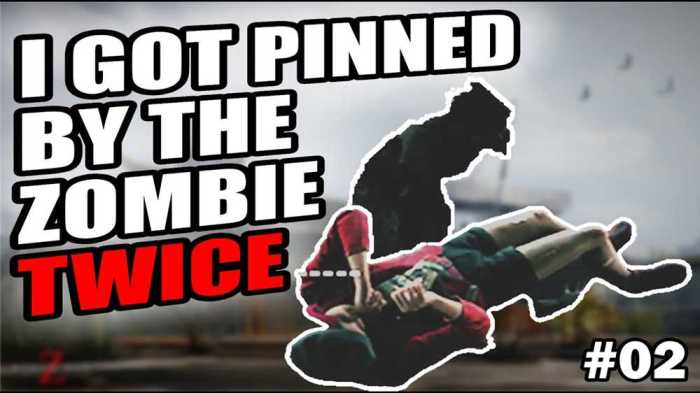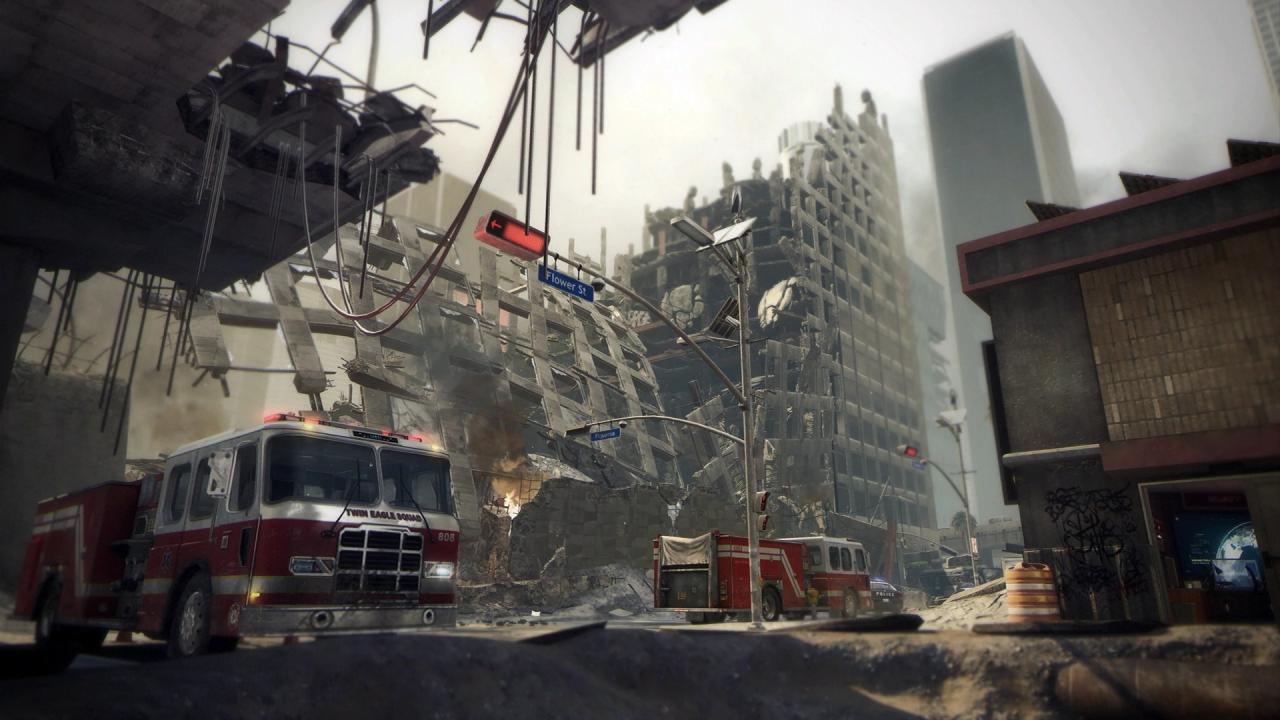World war 2 the aftermath worksheet answers – This comprehensive guide provides answers to the World War 2: Aftermath Worksheet, delving into the profound impact of the war on various aspects of society and shaping the course of history.
From the social and economic transformations on the home front to the devastating human toll of the Holocaust and other atrocities, this resource offers a thorough examination of the war’s aftermath.
World War 2 Timeline: World War 2 The Aftermath Worksheet Answers
World War II, the most devastating conflict in human history, unfolded over a period of six years, leaving an indelible mark on the world.
Key Events
- September 1, 1939:German invasion of Poland, marking the beginning of the war.
- September 3, 1939:Britain and France declare war on Germany.
- April 9, 1940:German invasion of Denmark and Norway.
- May 10, 1940:German invasion of Belgium, the Netherlands, and Luxembourg.
- May 26, 1940:Dunkirk evacuation, where British and French forces escape from France.
- June 10, 1940:Italy declares war on France and Britain.
- June 22, 1941:German invasion of the Soviet Union (Operation Barbarossa).
- December 7, 1941:Japanese attack on Pearl Harbor, bringing the United States into the war.
- June 6, 1944:D-Day landings in Normandy, France.
- August 6, 1945:Atomic bomb dropped on Hiroshima, Japan.
- August 9, 1945:Atomic bomb dropped on Nagasaki, Japan.
- August 15, 1945:Japan surrenders, marking the end of the war.
Causes of World War 2

The outbreak of World War II was a complex result of multiple factors that had been brewing in Europe for years.
Rise of Fascism and Nationalism
The rise of fascist and nationalist ideologies in Europe, particularly in Germany, Italy, and Japan, fueled aggressive expansionist policies.
Economic Instability, World war 2 the aftermath worksheet answers
The global economic crisis of the 1930s led to widespread unemployment and social unrest, creating a fertile ground for radical ideologies.
Territorial Disputes
Unresolved territorial disputes and grievances from World War I, such as Germany’s loss of territory and Japan’s desire for expansion in Asia, contributed to tensions.
Key Figures of World War 2

World War II was shaped by the actions and decisions of key leaders and military figures.
Winston Churchill (Britain)
British Prime Minister during the war, known for his resilience and determination in the face of adversity.
Franklin D. Roosevelt (United States)
US President who led the country through the war, forming alliances and providing vital support to the Allies.
Joseph Stalin (Soviet Union)
Leader of the Soviet Union during the war, responsible for mobilizing vast resources and turning the tide against Germany on the Eastern Front.
Adolf Hitler (Germany)
Dictator of Nazi Germany, the primary instigator of the war and responsible for the Holocaust.
Hideki Tojo (Japan)
Prime Minister of Japan during the war, oversaw the attack on Pearl Harbor and Japan’s expansionist policies in Asia.
FAQ Guide
What were the major social changes that occurred during the war?
The war led to increased participation of women in the workforce, shifts in family dynamics, and the emergence of new social movements.
What was the impact of the war on the global economy?
The war caused widespread economic devastation, particularly in Europe, and led to the establishment of new international economic institutions.
How did the war affect the development of technology?
The war accelerated technological advancements in areas such as radar, jet propulsion, and nuclear weapons.